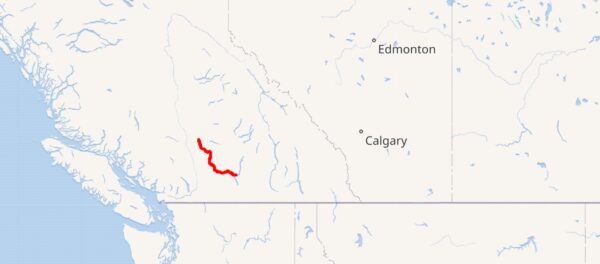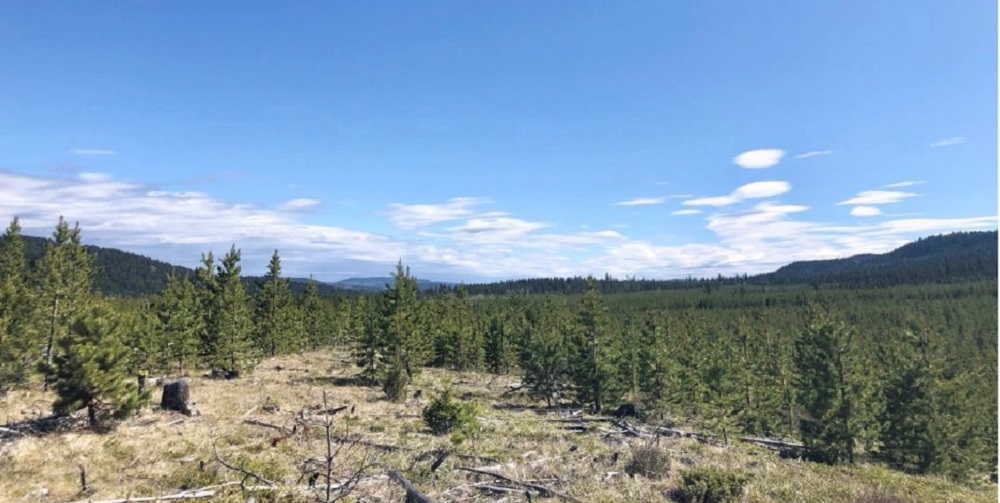Aspen BC Solar Project LP, a subsidiary of Canadian Solar, plans to build a 100 MW solar-plus-storage project near the Okanagan Connector in British Columbia. The project is expected to generate 203 GWh per year, or enough to power approximately 20,000 homes.
The Aspen Solar and Energy Storage project is sited within the traditional territory of the Nlaka’pamux and Syilx Nation peoples.

Aspen Solar has an agreement-in-principle with the Lower Nicola Indian Band, which will appoint a representative to be part of the Aspen Solar project team. Currently in the design stages, Aspen Solar will connect to an existing BC Hydro transmission line. The provincial utility company delivers electricity to 95% of the population of British Columbia and serves over five million people.
According to the initial plan developed by Canadian Solar, the project is compliant with the British Columbia Clean Energy Act, which states its goal “to generate at least 93% of the electricity in British Columbia from clean or renewable resources and to build the infrastructure necessary to transmit that electricity.” The act also states that power development should create jobs and “foster the development of Indigenous nations and rural communities through the use and development of clean or renewable resources.” The government of British Columbia’s plan, called CleanBC, calls for reducing climate-changing emissions by 40% by 2030.
The current design for Aspen Solar calls for the installation of 620 Watt solar panels mounted on single-axis trackers. The modules will be connected in series to 4.2 MW (AC) inverter transformers. The project will include a battery energy storage system (BESS), which will store excess energy for use during peak evening, nighttime load hours, or for emergency use.
The planned BESS is intended to help the region cope during times when hydroelectric production is down due to recurring drought conditions. In addition, Canadian Solar pointed out in its preliminary plan that the time when the solar resource is the greatest is complementary to the winter seasonal peaking profiles of hydro and wind power, providing energy security and resilience to the region.
The initial project plan was approved by the BC Environmental Assessment Office on May 2. A 30-day public comment period must be held within 90 days of the approval.
This content is protected by copyright and may not be reused. If you want to cooperate with us and would like to reuse some of our content, please contact: editors@pv-magazine.com.









By submitting this form you agree to pv magazine using your data for the purposes of publishing your comment.
Your personal data will only be disclosed or otherwise transmitted to third parties for the purposes of spam filtering or if this is necessary for technical maintenance of the website. Any other transfer to third parties will not take place unless this is justified on the basis of applicable data protection regulations or if pv magazine is legally obliged to do so.
You may revoke this consent at any time with effect for the future, in which case your personal data will be deleted immediately. Otherwise, your data will be deleted if pv magazine has processed your request or the purpose of data storage is fulfilled.
Further information on data privacy can be found in our Data Protection Policy.